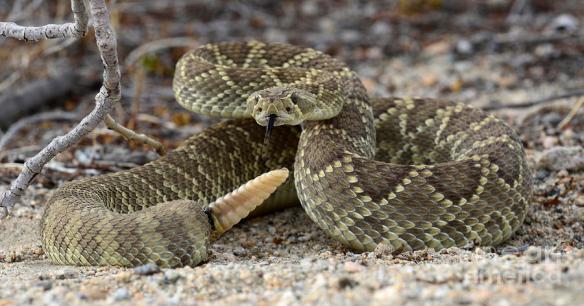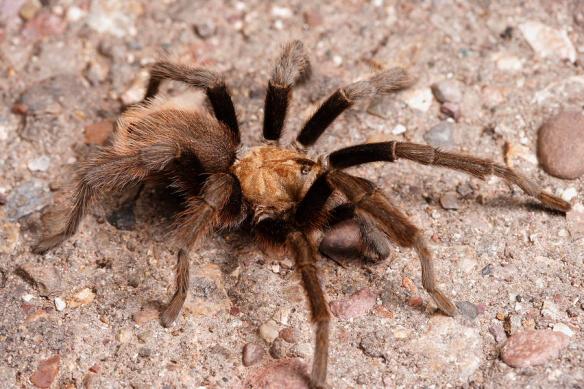
The Desert Tortoise (gopherus agassizii) is a large tortoise that is endemic to the Mojave and Sonoran deserts. They are the only tortoises to live in the area. They can live up to 80 years and live very reclusive lives. They eat many plants including grasses, flowers and fruit. These tortoises dig very large shell shaped burrows in the sides of mountains or into the ground. They emerge from these burrows in the morning to scavenge the desert floor. They are active during the day (diurnal) and are inside their burrows at night. They do not have many predators because of their hard shells, but the juveniles with softer shells are preyed upon by coyotes.
These tortoises are vulnerable and are a protected species. Their habitat is threatened by urban progress. If you see one, keep at a distance and don’t disturb it.

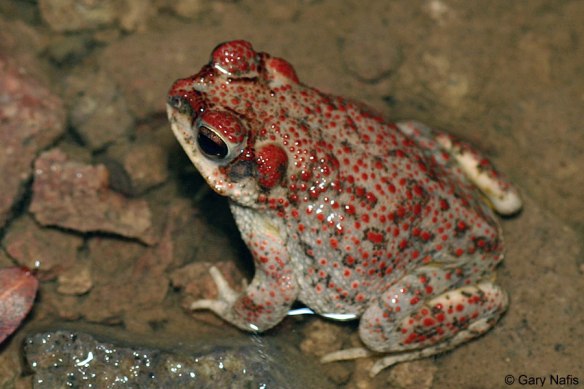





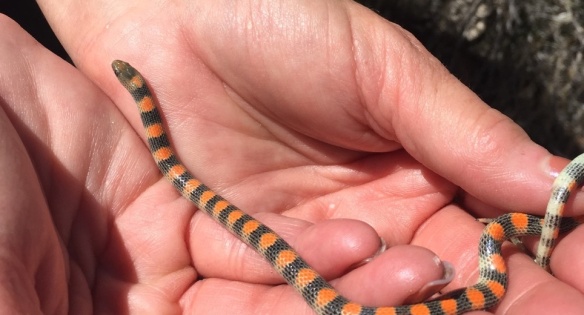
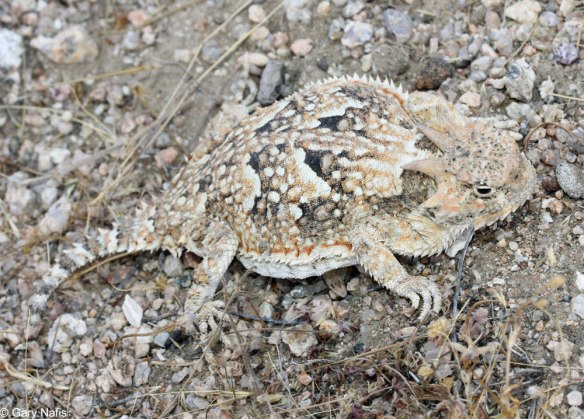 The Southern Desert Horned Lizard (Phrynosoma platyrhinos calidiarum) is a kind of horned lizard that lives in all of the Mojave Desert. They range from California all the way to Arizona. They live in many different habitats but the most common place to find them is in a flat open desert.
The Southern Desert Horned Lizard (Phrynosoma platyrhinos calidiarum) is a kind of horned lizard that lives in all of the Mojave Desert. They range from California all the way to Arizona. They live in many different habitats but the most common place to find them is in a flat open desert.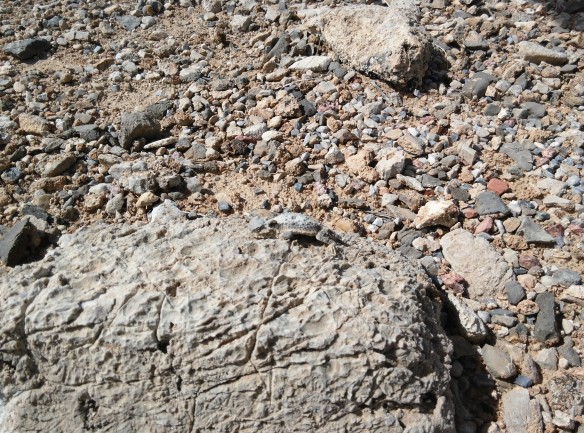
 The Desert banded gecko is a unique type of Gecko that is only found in the southwest of North America and Mexico. These Geckos live in dry and dark places, like under rocks, leaf litter, and wood.
The Desert banded gecko is a unique type of Gecko that is only found in the southwest of North America and Mexico. These Geckos live in dry and dark places, like under rocks, leaf litter, and wood.
